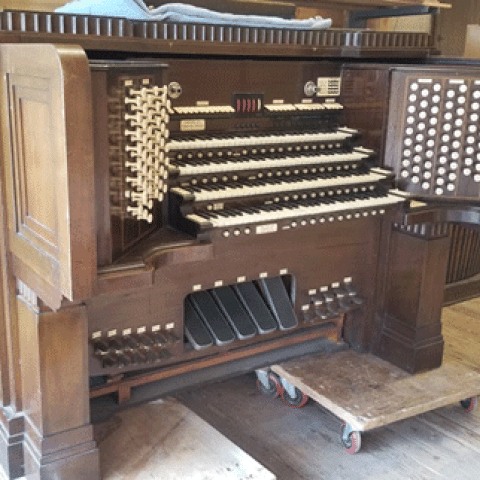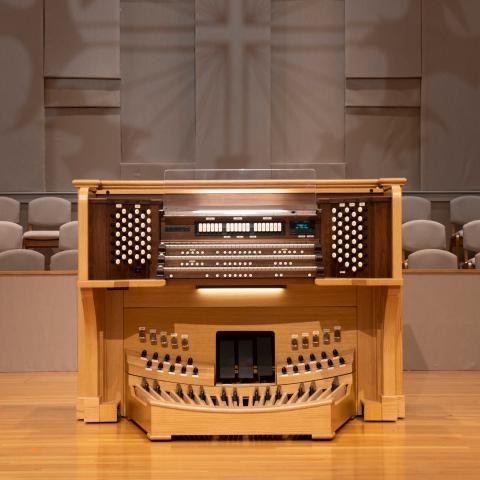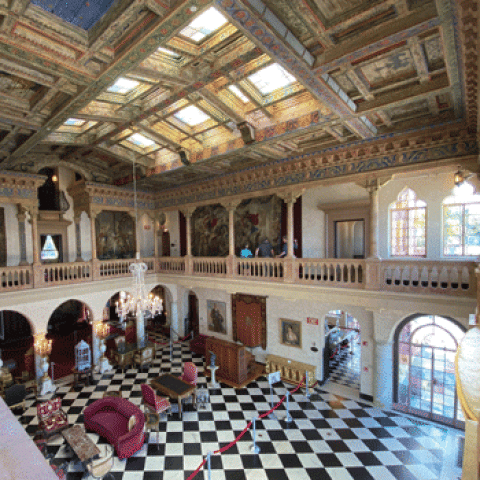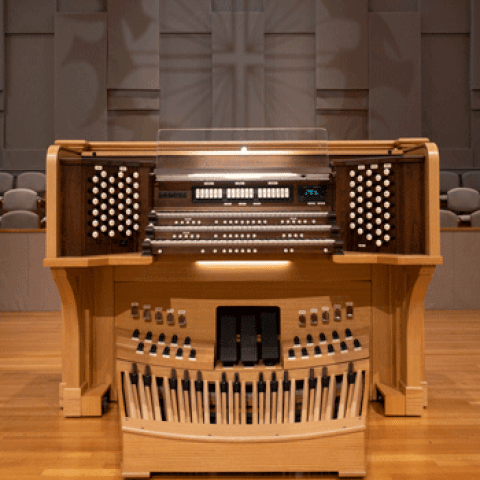
Marceau Pipe Organs, Seattle, Washington, has been commissioned to restore the 1946 M. P. Möller Opus 7270 in St. Patrick Catholic Church, Tacoma, Washington. A second console was added to the organ in 2005.
The project will include releathering all windchests and reservoirs as well as cleaning of chambers. Pipework will be removed to the Marceau shop for cleaning, repairs, and regulation. A new electrical system will be provided by the Syndyne Corporation of Vancouver, Washington. All cotton-covered cables will be replaced with PVC telephone cable to meet code requirements.
For information: marceauorgans.com.
Other organ builder news:
University of North Texas Möller renovation







